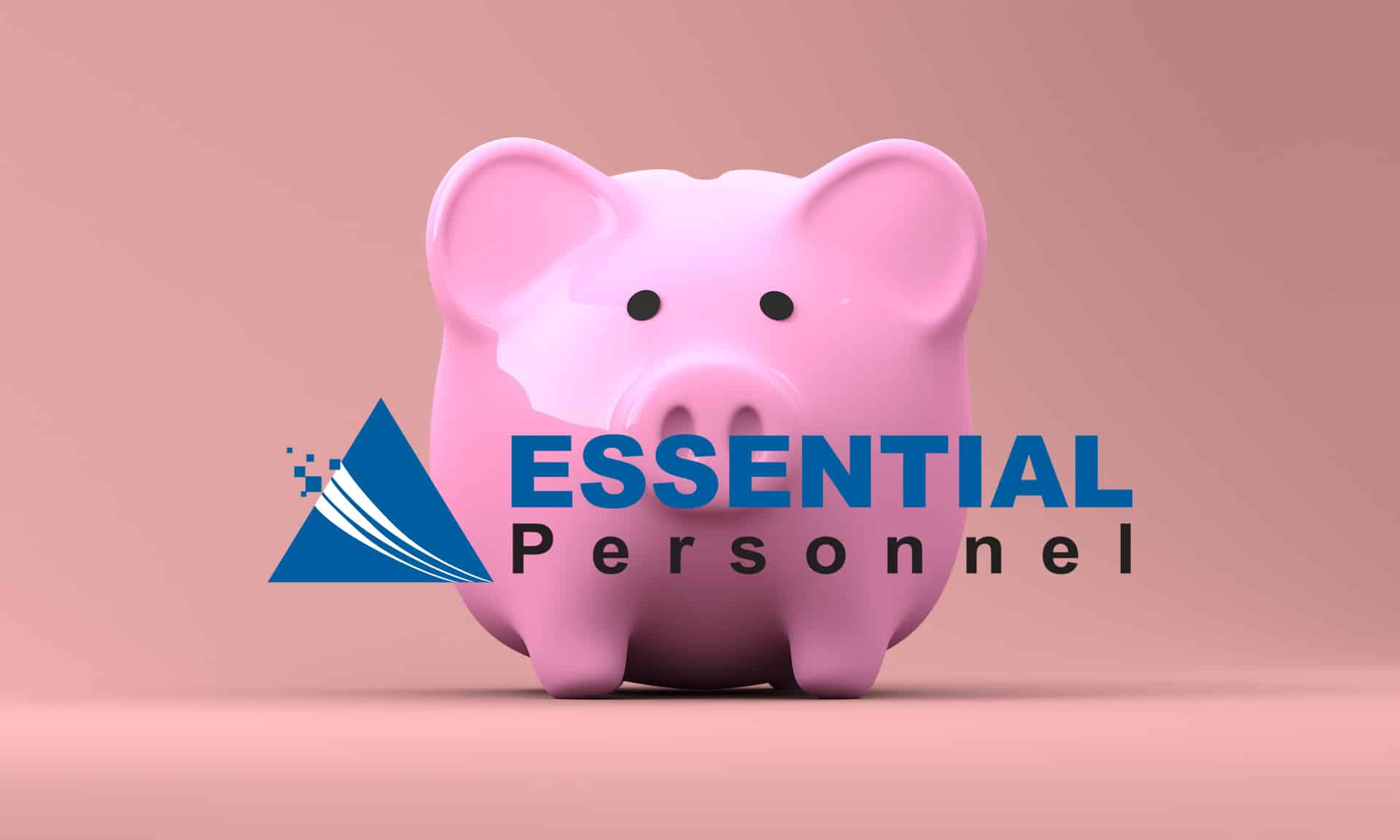
These programs show appreciation for employees’ diligent efforts and establish a sense of participation in the well-being of the company that a paycheck cannot convey. In addition, a successful incentive program has the ability to point employees in the direction the employer wants them to go and gives them the extra motivation they need to achieve phenomenal results. According to an article in Harvard Business Review, a rewards program is the single highest predictor of an “organizational climate” that directly relates to positive financial results.
Types of Incentive Programs
There are many variations in incentive programs available for employers to choose from. According to a study in the Journal of Organizational Behavior Management, slight differences tend to make no change in the outcome of a solid program. In fact, a plan offering a 3 percent bonus as opposed to 100 percent bonus of total pay did not affect employee output. However, what did affect employee morale was not having a program in place at all. In addition, the study indicated that tracking employee results and efforts made the most difference in the plan’s success.
There are several things to consider before determining which, if any, incentive plan is right for your business:
- Have employees track their own progress on a daily basis, even if the incentives are distributed monthly or annually.
- Issue a separate check for incentive pay and consider distributing it between pay periods.
- Consider non-cash incentives over monetary rewards. Employees do not confuse these with regular wages.
- Offer individual incentives over group rewards. Offering an incentive to acknowledge a completed group goal is fine but individual milestones should be acknowledged separately.
- Continue to offer positive reinforcement along with rewards. If you do not verbally acknowledge achievements on a regular basis, gifts will not go very far in boosting morale.
- Evaluate your incentive program regularly to determine if employee performances and satisfaction triumph over its costs
Profit sharing and individual bonuses are the two most common incentive plans that offer motivation to employees to achieve goals.
Profit Sharing
Below are some general characteristics of profit sharing:
- Typically offered at large corporations for full-time employees company-wide.
- The company generally contributes a small percentage of its pre-tax profits into a pool and then divides it among the employees.
- The division of these programs is typically prorated based on each individual’s base salary on an annual basis.
- Many companies contribute directly into employee 401(k)s as opposed to issuing checks.
Advantages: The entire staff is united, as everyone is working towards a common goal and is on the same plan. Also, the cost to implement profit sharing fluctuates with pretax earnings.
Disadvantages: These plans reward based on the individual’s base salary without taking performance into account. Companies with erratic earnings cannot deliver as much as what was promised to employees.
Individual Bonuses
Individual bonuses are monthly or annual payouts that are determined by a subjective evaluation of each employee.
Advantages: Employees who work extremely hard reap the benefits and the company’s overall performance has no bearing on the individual’s payout. Also, this plan allows the company to pay out for a particularly monumental accomplishment on a one-time basis.
Disadvantages: Since the payout is subjective, employees may feel that they deserved more than others who received larger rewards. The program may cause animosity in the office.
There are various other options to reward employees:
- Stock or options if the company is publicly owned.
- Offer monetary rewards for employees who volunteer outside of work. Volunteerism promotes a positive image for the company.
- Conduct staff meetings at a local café as opposed to an office boardroom.
- Have a gift exchange during the holidays or on designated employee special days.
- Have employees place the name of a co-worker in a “Thank you for…” drop box. Then, draw a name each month and give the selected employee a reward.
- Give special gifts for employees on their birthdays.
- Plan fun days at an amusement park, the zoo or a skating rink.
- Offer an extra day of vacation for those who have perfect attendance.
- Offer tickets to sports games or performing arts shows.


